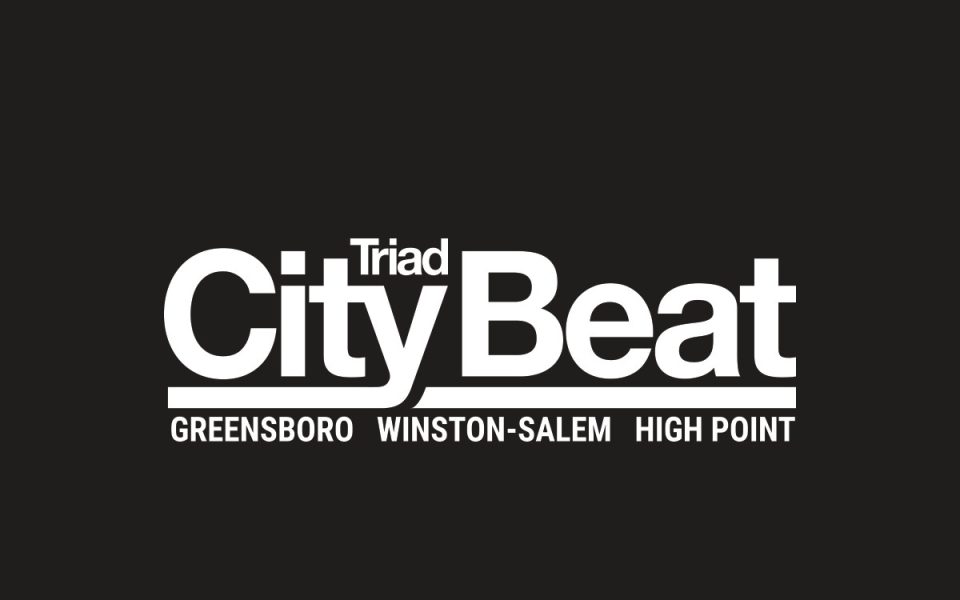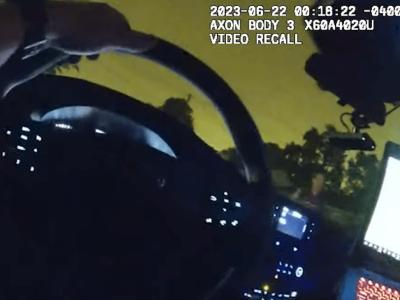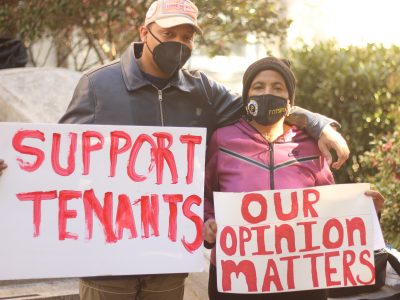The paper goes to bed on Tuesday, and we attend to all the little details before we leave the office.
The first papers hit the streets before dawn every Wednesday. I know this because I do it myself in the preliminary loop of my weekly distribution route: coffee shops, breakfast joints, bakeries, the kinds of places that don’t wait for the sunshine to start the day. Then I circle back and make more drops, beefing up the route, analyzing the metrics, streamlining the process. It takes me all day, and sometimes I feel a little like Ben Franklin.
People on the route laugh when I say that my newspaper route is the best job in journalism I’ve ever had. But I’m not making a joke.
It’s a slower pace, a more methodical task, an easily quantifiable goal and a clear, attainable deadline.
It’s also probably the most important thing I do all week.
The newspaper rests upon three pillars: content, which attracts readers; advertising, which creates revenue to pay for everything; and distribution, which puts the product on the streets. Some feel that the only leg that can be removed is content — advertisers and pay-to-play glossies rely on advertising and distribution alone to stay in the game. But on my list, content comes first.
That being said, there isn’t much point in having great content if no one is going to read it.
And frankly, I don’t trust just anyone with the task.
So I start my day early, making bulk drops and hand-to-hands, interacting with the readers and distributors along the way. I see easily a hundred people every Wednesday, and if I’m paying attention, I take something away from every one of them.
Over in Winston-Salem, Jordan Green, Eric Ginsburg and Ellen Kern do the same thing. Maria Recio works High Point in similar fashion. To round out my Greensboro crew, I’ve enlisted my father, who moved to town last year.
It was a good hire: He has prior delivery experience as a paperboy for the Albany Times-Union back in the 1950s, before he went to law school, and now he drives a car, so he’s even more effective.
Plus it gives him a window into city life that few recent transplants get to experience.
Like I do, he enjoys his Wednesdays on the road, smoking cigarettes, drinking coffee, chatting up the merchants and readers. It’s the kind of interaction you don’t often get from a print newspaper these days. But that’s how we do.
Join the First Amendment Society, a membership that goes directly to funding TCB‘s newsroom.
We believe that reporting can save the world.
The TCB First Amendment Society recognizes the vital role of a free, unfettered press with a bundling of local experiences designed to build community, and unique engagements with our newsroom that will help you understand, and shape, local journalism’s critical role in uplifting the people in our cities.
All revenue goes directly into the newsroom as reporters’ salaries and freelance commissions.





Leave a Reply